Stability of different fixation methods after reduction malarplasty under average and maximum masticatory forces: a finite element analysis, BioMedical Engineering OnLine
Por um escritor misterioso
Last updated 20 setembro 2024
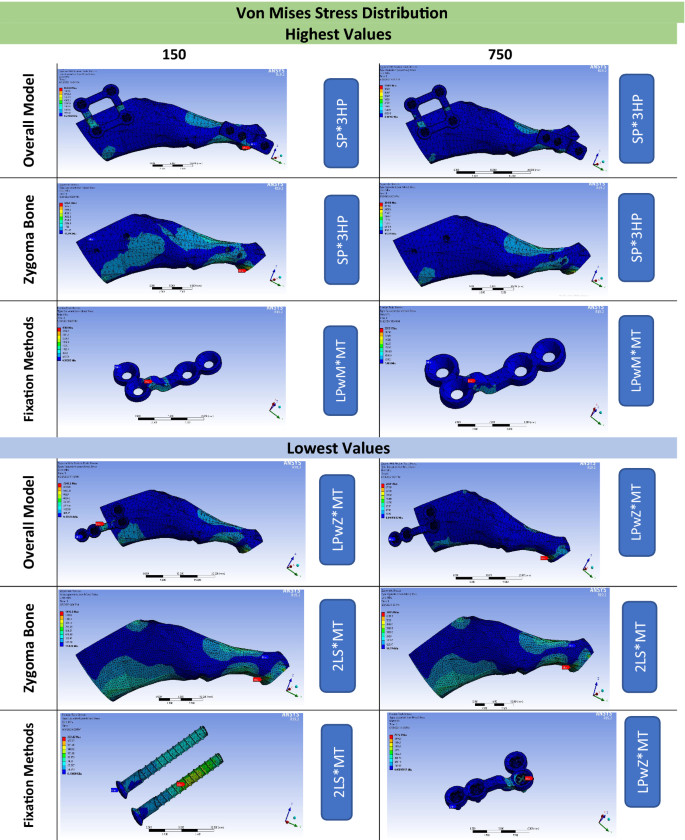
Background Although titanium plates/screws are effective fixation methods (FM) after L-shaped osteotomy reduction malarplasty (LORM), the ideal FM remains controversial. This first finite element analysis (FEA) aimed to study the effect of various zygomatic body/zygomatic arch FM combinations and their placement vectors on the zygoma complex stability after virtual LORM under the effect of both average (150 N/mm2) and maximum (750 N/mm2) forces and three-dimensional (3D) mapping of stress and strain parameters distribution over the zygomatic bone, fixation methods, and total model. Results The fixation methods about the short-arm of the L-shaped osteotomy showed lower stress, strain, and displacement values than those across the long-arm osteotomy site. Combined with any zygomatic arch fixation methods (ZAFm), the two bicortical screws group (2LS) on the zygomatic body osteotomy site resulted in smaller displacements and the lowest zygoma bone stress and displacement when combined with Mortice–Tenon structure (MT) as zygomatic arch fixation method. Applied forces caused statistically significant differences in zygomatic bone stress (P < 0.001 and P = 0.001) and displacement (P = 0.001 and P = 0.002). Conclusion All FMs both on the zygomatic body and zygomatic arch provide adequate zygomatic complex stability after LORM. The 2LS group showed better resistance than rectangular plate (RP) and square plate (SP) with lower stress concentrations. The L-shaped plate with short-wing on the maxilla (LPwM) is more stable than having the short-wing on the zygoma bone (LPwZ). Future prospective clinical studies are required to validate the current findings.

PDF) Stability of different fixation methods after reduction malarplasty under average and maximum masticatory forces: a finite element analysis

PDF) Stability of different fixation methods after reduction malarplasty under average and maximum masticatory forces: a finite element analysis

PDF) Finite Element Analysis: A Maxillofacial Surgeon's Perspective
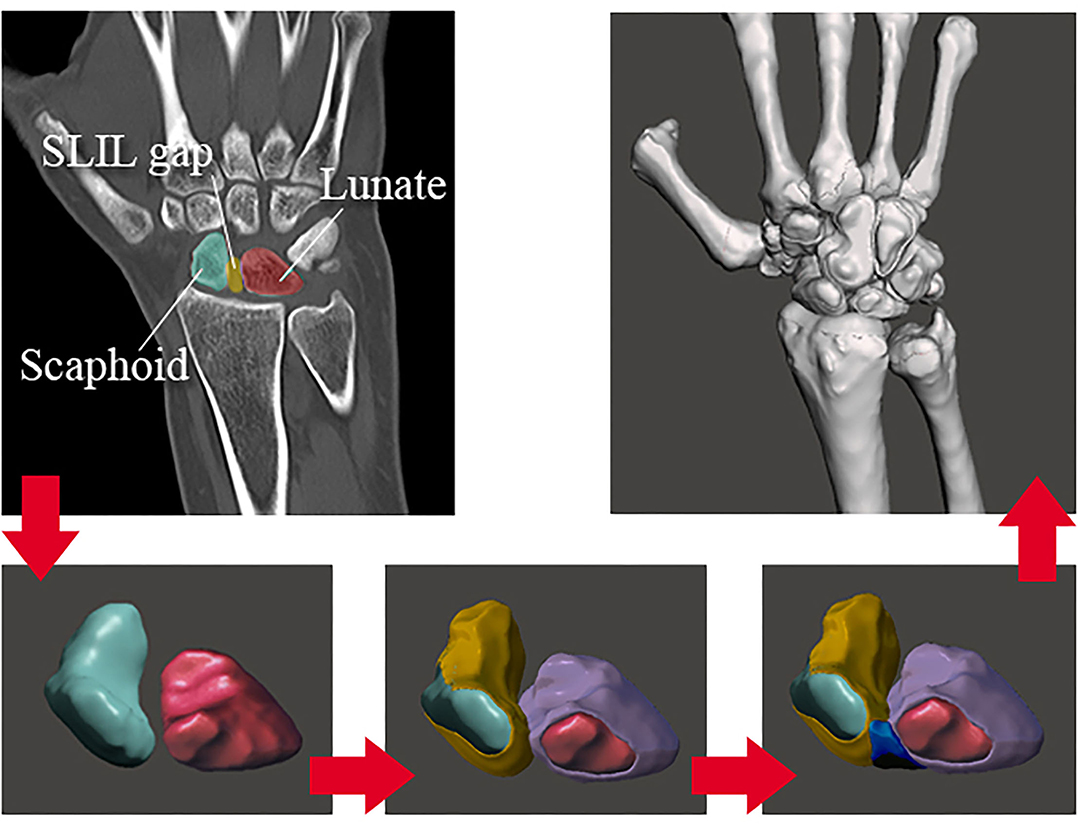
Frontiers Biomechanical Finite Element Method Model of the Proximal Carpal Row and Experimental Validation

Stability of different fixation methods after reduction malarplasty under average and maximum masticatory forces: a finite element analysis, BioMedical Engineering OnLine
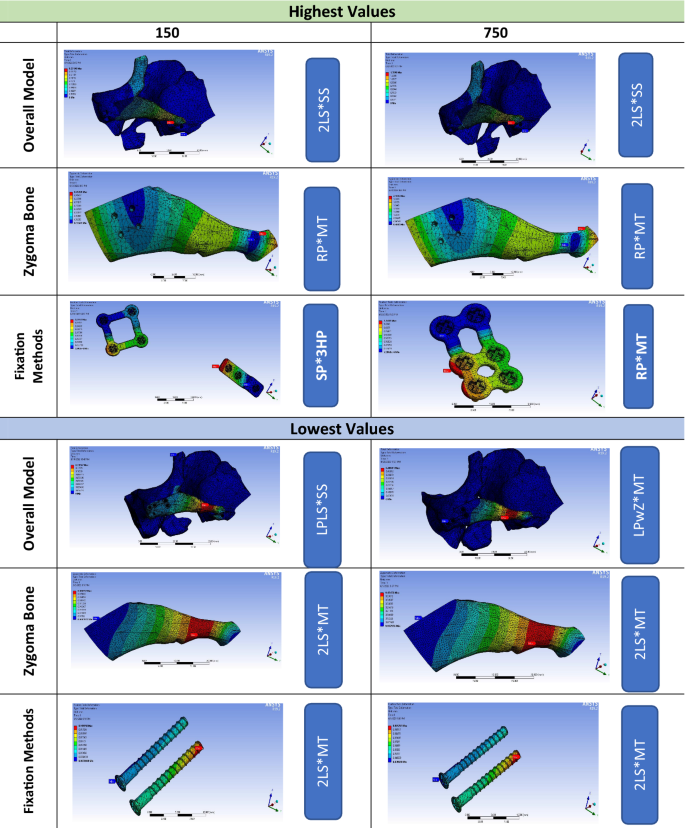
Stability of different fixation methods after reduction malarplasty under average and maximum masticatory forces: a finite element analysis, BioMedical Engineering OnLine

PDF) Comparison of Biomechanical Behavior Between Commercial and Patient-Specific TI6AL4V Titanium Plates of the Same Design Following Le Fort I Osteotomy: A 3D- Finite Element Analysis

PDF) Assessment of Biomechanical Stability of a Biodegradable Fixation System

Left: comparison between the results of first order element (tria 3)

PDF) Review of In Vivo Bone Strain Studies and Finite Element Models of the Zygomatic Complex in Humans and Nonhuman Primates: Implications for Clinical Research and Practice

PDF) Assessment of Biomechanical Stability of a Biodegradable Fixation System

PDF) Finite Element Analysis in Dentistry

PDF) Stability of different fixation methods after reduction malarplasty under average and maximum masticatory forces: a finite element analysis

Preclinical study of additive manufactured plates with shortened lengths for complete mandible reconstruction: Design, biomechanics simulation, and fixation stability assessment - ScienceDirect
Recomendado para você
-
 Calculated strength values (N/mm 2 ).20 setembro 2024
Calculated strength values (N/mm 2 ).20 setembro 2024 -
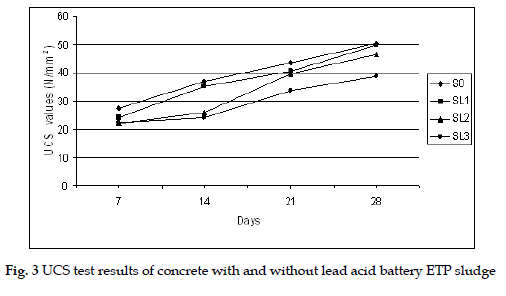 UTILIZATION OF INDUSTRIAL EFFLUENT TREATMENT PLANT (ETP) SLUDGE AS PARTIAL REPLACEMENT FOR CEMENT IN CONCRETE20 setembro 2024
UTILIZATION OF INDUSTRIAL EFFLUENT TREATMENT PLANT (ETP) SLUDGE AS PARTIAL REPLACEMENT FOR CEMENT IN CONCRETE20 setembro 2024 -
![PDF] Impact of the Wing Sweep Angle and Rib Orientation on Wing Structural Response for Un-Tapered Wings](https://d3i71xaburhd42.cloudfront.net/55a5fcc0947e561e6ab8fdb8bf45d7e9adc8b110/18-Figure19-1.png) PDF] Impact of the Wing Sweep Angle and Rib Orientation on Wing Structural Response for Un-Tapered Wings20 setembro 2024
PDF] Impact of the Wing Sweep Angle and Rib Orientation on Wing Structural Response for Un-Tapered Wings20 setembro 2024 -
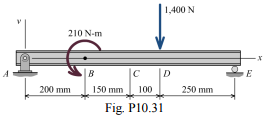 Solved) - For the beam and loading shown, use discontinuity functions to (2 Answers)20 setembro 2024
Solved) - For the beam and loading shown, use discontinuity functions to (2 Answers)20 setembro 2024 -
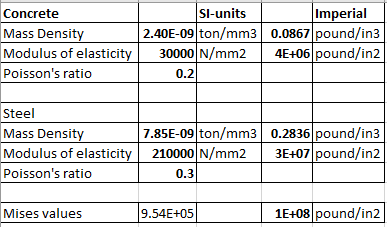 Abaqus - Mises Stress values are too high - Student Engineer General Discussion - Eng-Tips20 setembro 2024
Abaqus - Mises Stress values are too high - Student Engineer General Discussion - Eng-Tips20 setembro 2024 -
2019 SolidWorks - Assessing Stress Hot Spots20 setembro 2024
-
 Ultimate Tensile Strength – Best Indicator Of Material Strength - The Bombay Tools20 setembro 2024
Ultimate Tensile Strength – Best Indicator Of Material Strength - The Bombay Tools20 setembro 2024 -
 SOLIDWORKS Simulation Maximum Annotation in Probe Tool20 setembro 2024
SOLIDWORKS Simulation Maximum Annotation in Probe Tool20 setembro 2024 -
 Bending, Compression and Bonding Performance of Cross-Laminated Timber (CLT) Made from Malaysian Fast-Growing Timbers20 setembro 2024
Bending, Compression and Bonding Performance of Cross-Laminated Timber (CLT) Made from Malaysian Fast-Growing Timbers20 setembro 2024 -
Need the Permissible Stress (Shear & Bending) values of various materials20 setembro 2024
você pode gostar
-
/i.s3.glbimg.com/v1/AUTH_08fbf48bc0524877943fe86e43087e7a/internal_photos/bs/2021/1/X/joBgMwQkyTwYAhrPcmEA/2016-01-28-thesims-freeplay-pause.jpg) Como jogar The Sims FreePlay grátis no Android, iPhone e Windows Phone20 setembro 2024
Como jogar The Sims FreePlay grátis no Android, iPhone e Windows Phone20 setembro 2024 -
 DRAGON QUEST TREASURES - Nintendo Direct Mini: Partner Showcase20 setembro 2024
DRAGON QUEST TREASURES - Nintendo Direct Mini: Partner Showcase20 setembro 2024 -
 Cancelled Kirby game for GameCube emerges online20 setembro 2024
Cancelled Kirby game for GameCube emerges online20 setembro 2024 -
minecraft 1.17 (new update), Minecraft Updates20 setembro 2024
-
 Boneca – Wikipédia, a enciclopédia livre20 setembro 2024
Boneca – Wikipédia, a enciclopédia livre20 setembro 2024 -
 The backrooms entities: Animations (entity 32) by EXe1-Pe4eZ on20 setembro 2024
The backrooms entities: Animations (entity 32) by EXe1-Pe4eZ on20 setembro 2024 -
Divisão de Inovação, Cooperação, Empreendedorismo e Empregabilidade da UÉ20 setembro 2024
-
MyAnimeList Official on Instagram: Which side of humanity are you on? Let us know in the forums 💭 ◇ Add your score for Attack on Titan: Final Season - The Final Chapters20 setembro 2024
-
 ANIME REVIEW: “Noragami Aragoto: Season Two” – Animation Scoop20 setembro 2024
ANIME REVIEW: “Noragami Aragoto: Season Two” – Animation Scoop20 setembro 2024 -
 osu!mania 7K World Cup 2022 - Liquipedia osu Wiki20 setembro 2024
osu!mania 7K World Cup 2022 - Liquipedia osu Wiki20 setembro 2024


